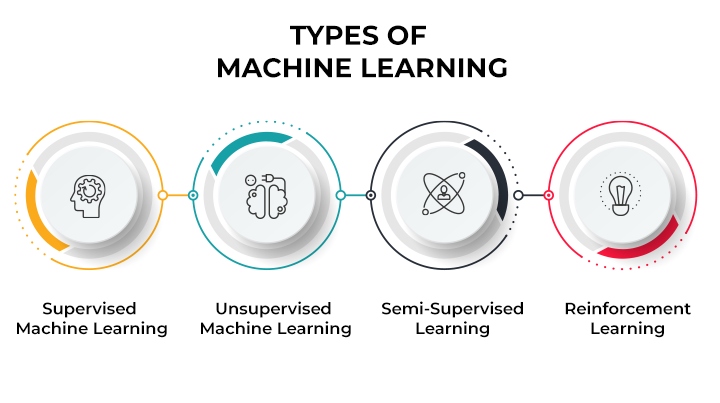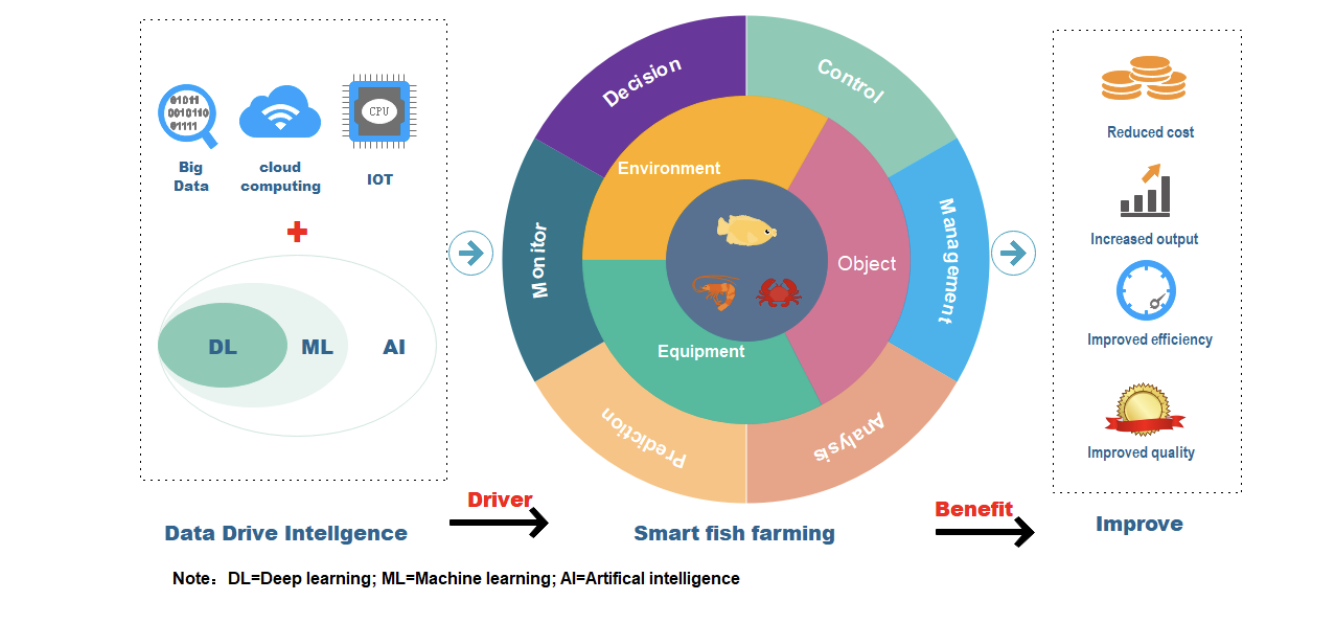Comments
- No comments found

Machine learning is increasingly being used in the fishing industry to improve the efficiency and sustainability of fishing operations.
Machine learning is a type of artificial intelligence that enables computers to learn and improve their performance on a particular task without being explicitly programmed. It involves feeding a computer system a large dataset and allowing it to learn and make decisions on its own by identifying patterns and relationships in the data.
There are several types of machine learning, including supervised learning, unsupervised learning, semi-supervised learning, and reinforcement learning.

In supervised learning, the computer is given a dataset that includes both input data and the corresponding correct output. The goal is to train the machine to predict the correct output for a given input.
In unsupervised learning, the computer is given a dataset that includes only input data, and it must find patterns and relationships in the data without any guidance.
In semi-supervised learning, the computer is given a dataset that includes some input data and the corresponding correct output, but not all of the data is labeled. The machine must use the labeled data to learn and then apply that learning to the unlabeled data.
In reinforcement learning, the computer is given a set of rules for interacting with its environment and a goal to achieve. It then learns through trial and error to maximize its reward.

© Xinting Yang, Song Zhang, Jintao Liu1, Qinfeng Gao, Shuanglin Dong, Chao Zhou
Machine learning is a powerful tool for automating complex tasks and making decisions based on data, and it is being applied in a wide range of fields, including healthcare, finance, and transportation.
Some specific ways in which machine learning is being used in the fishing industry include:
Predictive modeling: Machine learning algorithms can be used to predict where fish are likely to be found based on various factors such as water temperature, depth, and currents. This can help fishermen to more effectively target their fishing efforts and increase their catch.
Quality control: Machine learning can be used to analyze data from sensors on fishing boats to predict the quality of the fish being caught, allowing fishermen to more accurately grade and sell their catch.
Sustainability: Machine learning can be used to analyze data on fish populations and fishing practices to identify more sustainable fishing methods and help to prevent overfishing.
Supply chain management: Machine learning can be used to optimize the distribution and storage of fish, helping to reduce waste and improve efficiency in the supply chain.
The use of machine learning in the fishing industry has the potential to improve the efficiency and sustainability of fishing operations, as well as the quality and value of the fish being caught.

There are a few areas in which machine learning could be improved in the fishing industry:
Data quality and availability: The accuracy and effectiveness of machine learning algorithms depend heavily on the quality and quantity of the data they are trained on. Improving the availability and quality of data on fish populations and fishing practices could help to further improve the performance of machine learning in the industry.
Integration with other technologies: Machine learning could be further integrated with other technologies such as sensors, drones, and robotics to enhance its capabilities and improve the efficiency of fishing operations.
User-friendly interfaces: Developing user-friendly interfaces for machine learning applications in the fishing industry could make it easier for fishermen to access and use these tools, increasing their adoption and impact.
Responsible use: As with any technology, it is important to ensure that machine learning is used responsibly and ethically in the fishing industry. This could involve developing guidelines and best practices for the use of machine learning in the industry, as well as ensuring that the technology is transparent and accountable.
Leave your comments
Post comment as a guest